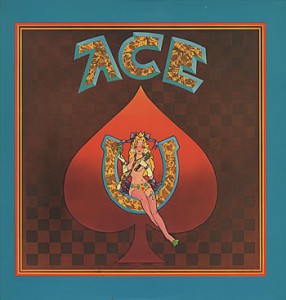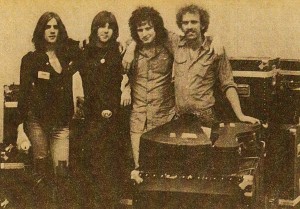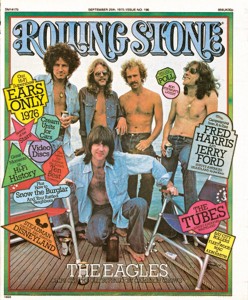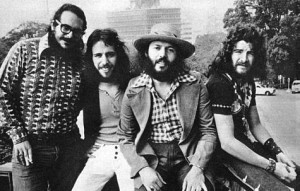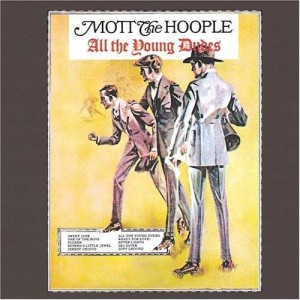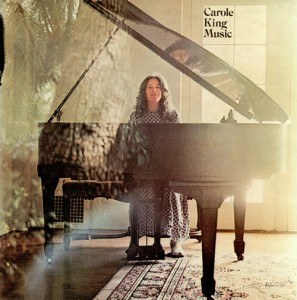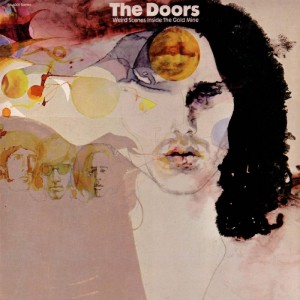
The Doors – Weird Scenes Inside the Goldmine (Electra 8E-6001)
Before last July, they called him a pervert, a satanist, a syphilitics maniac, an alcoholic, and a transvestite.
After last July, they called him a genius, a virtuoso vocalist, a superb showman, and a worthy idol to millions.
“He” is Jim Morrison, famed lead singer of The Doors. July 3, 1971, he died. The man who was once the object of critical ridicule is now an immortal. Weird Scenes Inside the Goldmine is his eulogy.
Enclosed inside the two-record set is a soundtrack to a generation. The generation that shredded their flower-power image with The Doors, marveled the wonders of acid with Strange Days, discovered country-rock with Soft Parade, came down from Altamont with Morrison Hotel, and got drunk with Absolutely Live.
The LP is actually a form of the “greatest hits” concept, being the cream of the album cuts, or, as the album sticker implanted on the jacket states, “22 Classic Doorsongs.” The single hits were previously released before Morrison’s death as 13.
Weird Scenes Inside the Goldmine, when listened to in it’s entirety proves several things. In almost every pre-Other Voices album reviews of Doors albums the subject of the similarity between all the songs is touched upon. I can remember Chris Van Ness of the Free Press said of L.A. Woman, “Every song every recorded by the group sounds the same as the first album’s material.” This album seems to be the necessary evidence to prove the contrary. The Doors were a changing band. They evolved, while Morrison’s extremely conspicuous voice remained constant presenting the illusion of stagnating consistency. It isn’t hard to distinguish the difference between “Break on Through” and “Riders on the Storm” when they are conveniently placed on the same album. The former cut was raw Doors, while the latter an excellent mellow attempt to appeal to a vast James Taylor-Joni Mitchell-Gordon Lightfoot hungry audience. The sole item The Doors, in their last days, had in common with the early Doors was the above mentioned consistency of Morrison’s vocals.
Another evidency is the overall noticibility of their inevitable break-up. The Doors were actually Jim Morrison and back-up band. The crowds came to see Morrison. The public bought records to hear Morrison. Look at the sale of, say this album and compare it with the sales of Other Voices. It is quite obvious that sooner or later the other members, Robby Krieger, Ray Manzarek, and John Densmore would get the ever-popular creative urge for equality, ala Creedence.
It can’t be said that Jim Morrison was The Doors, but it can be said that Morrison made the Doors. Without him, Krieger, Manzarek, and Densmore have lost their uniqueness. They immediately fall into the category of being a two-bit band that sounds just like a thousand others.
Weird Scenes Inside the Goldmine is actually two collections. A mandatory collection of some of the best Doors music recorded, and a mandatory collection of the best music ever recorded. And you can be sure there’ll be none like it again.
Courtesy of the Door (aka San Diego Door) – Cameron Crowe – February 24, 1972 – March 9, 1972


